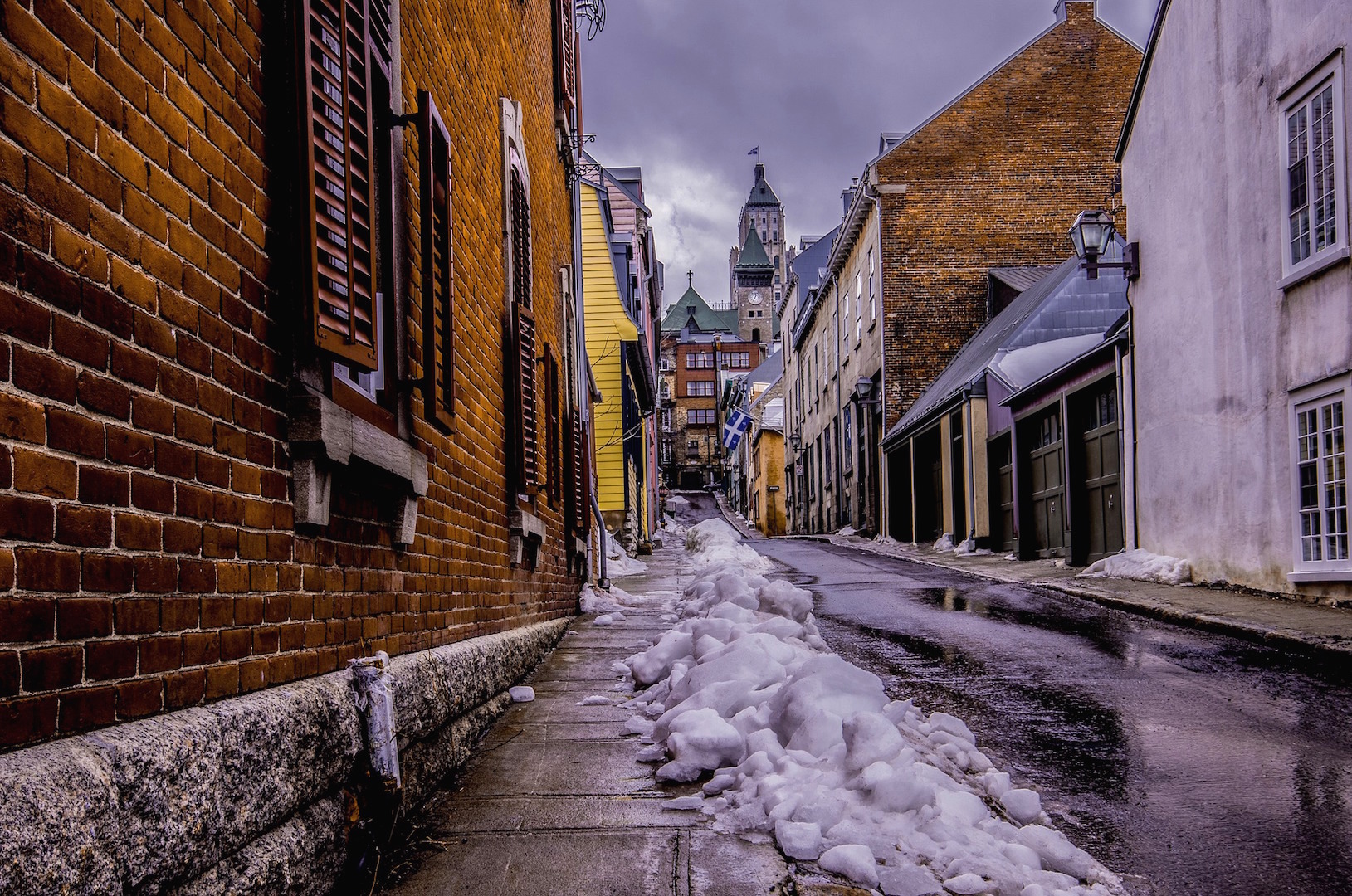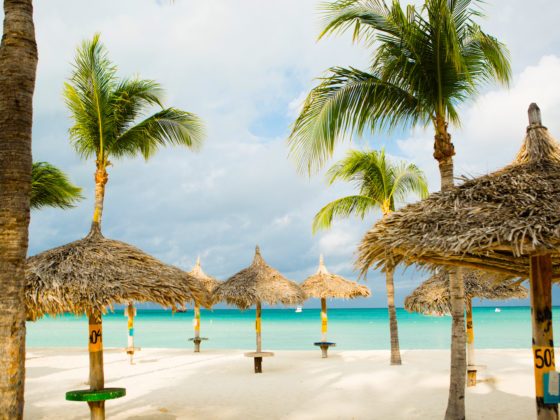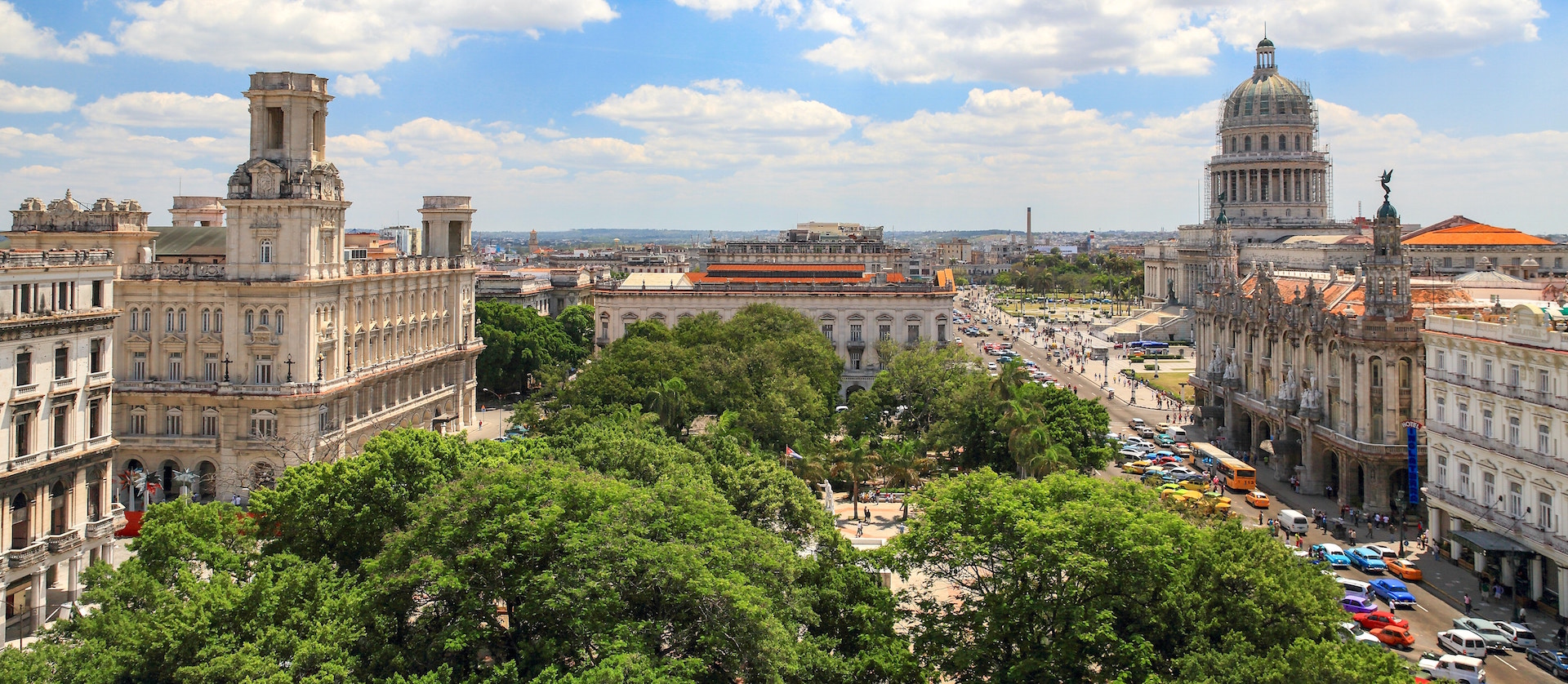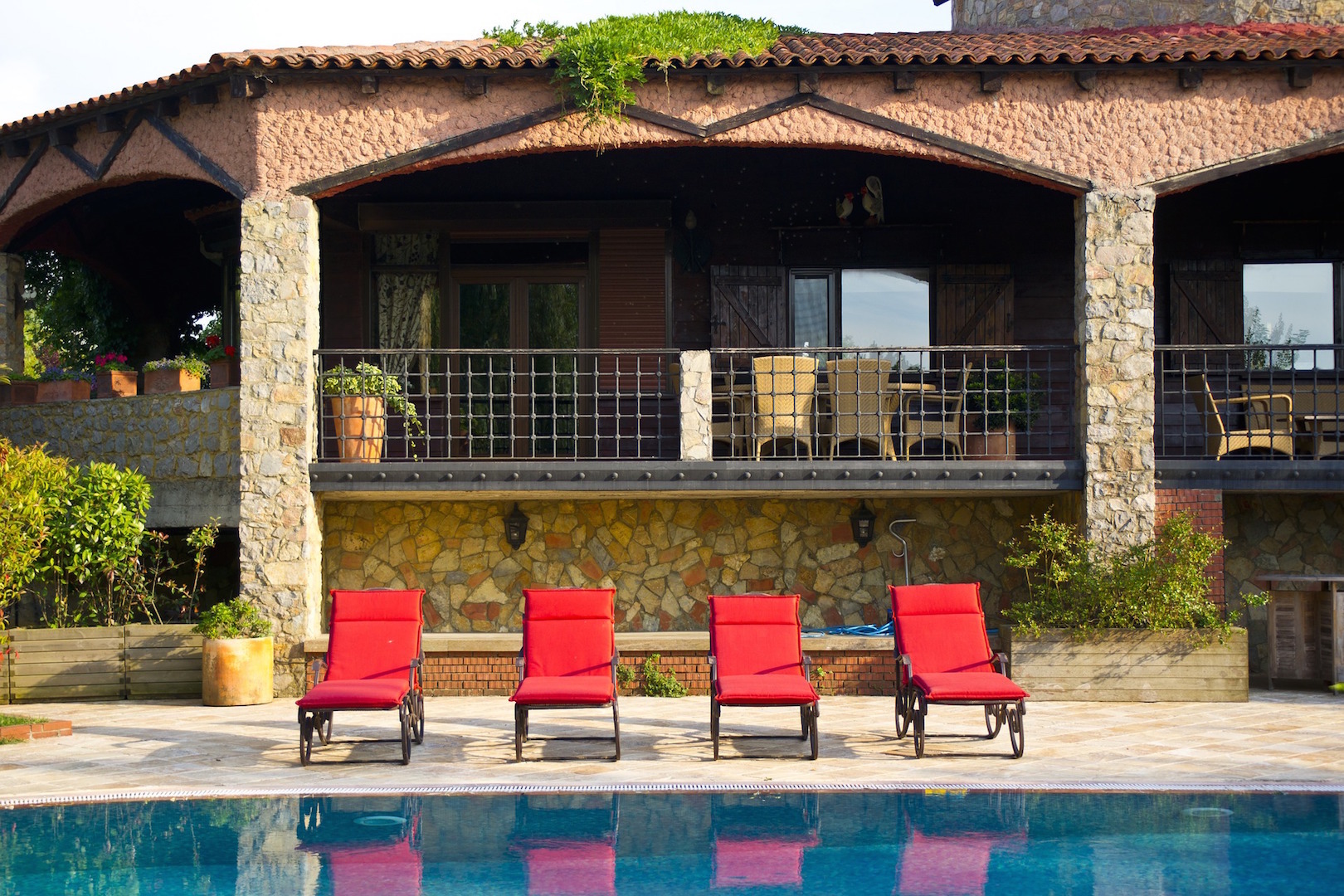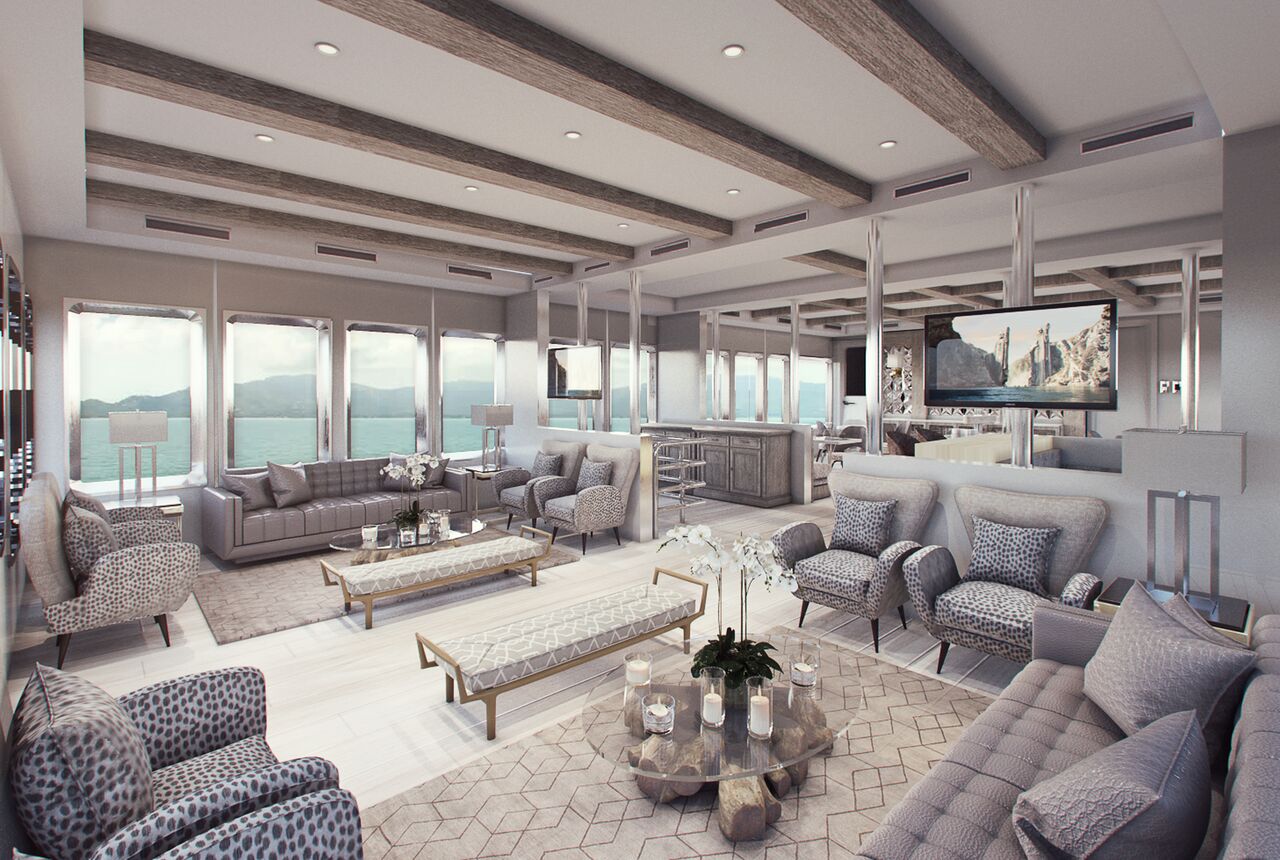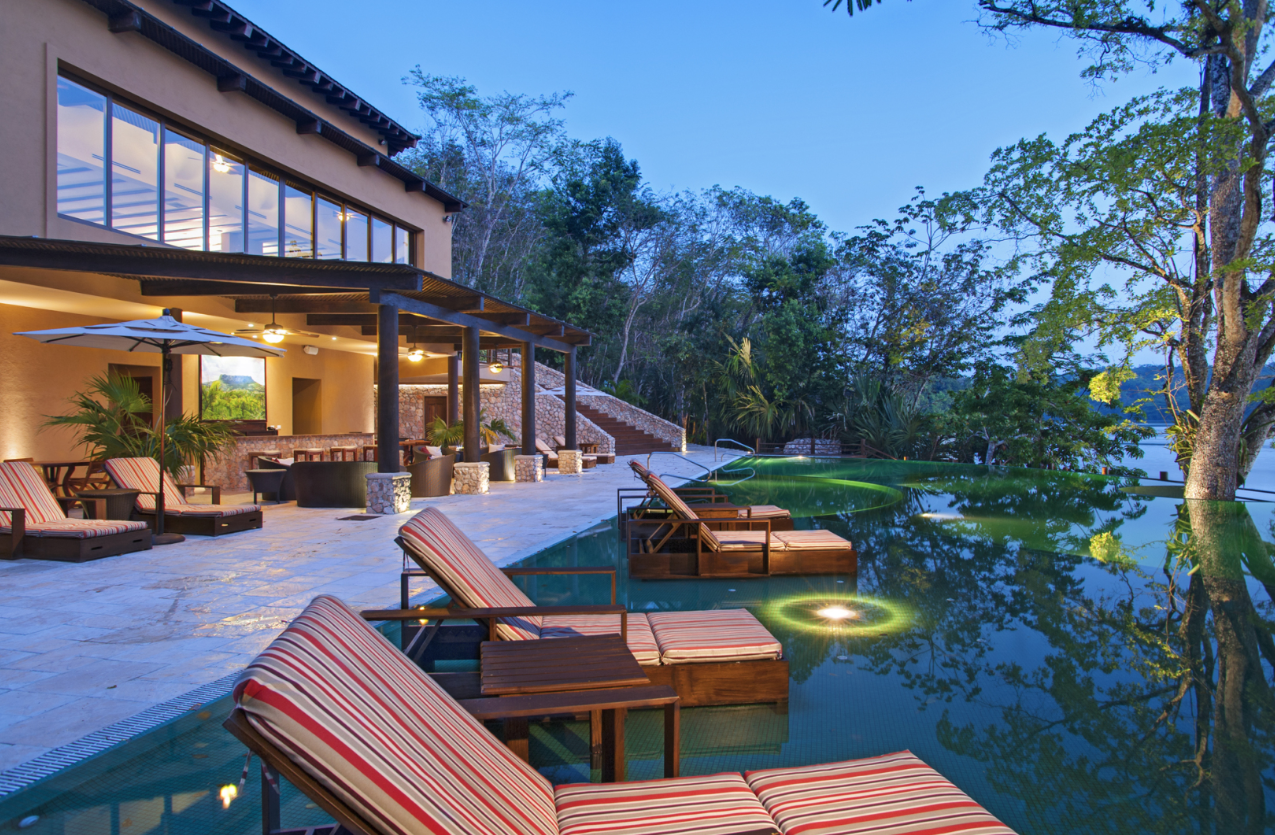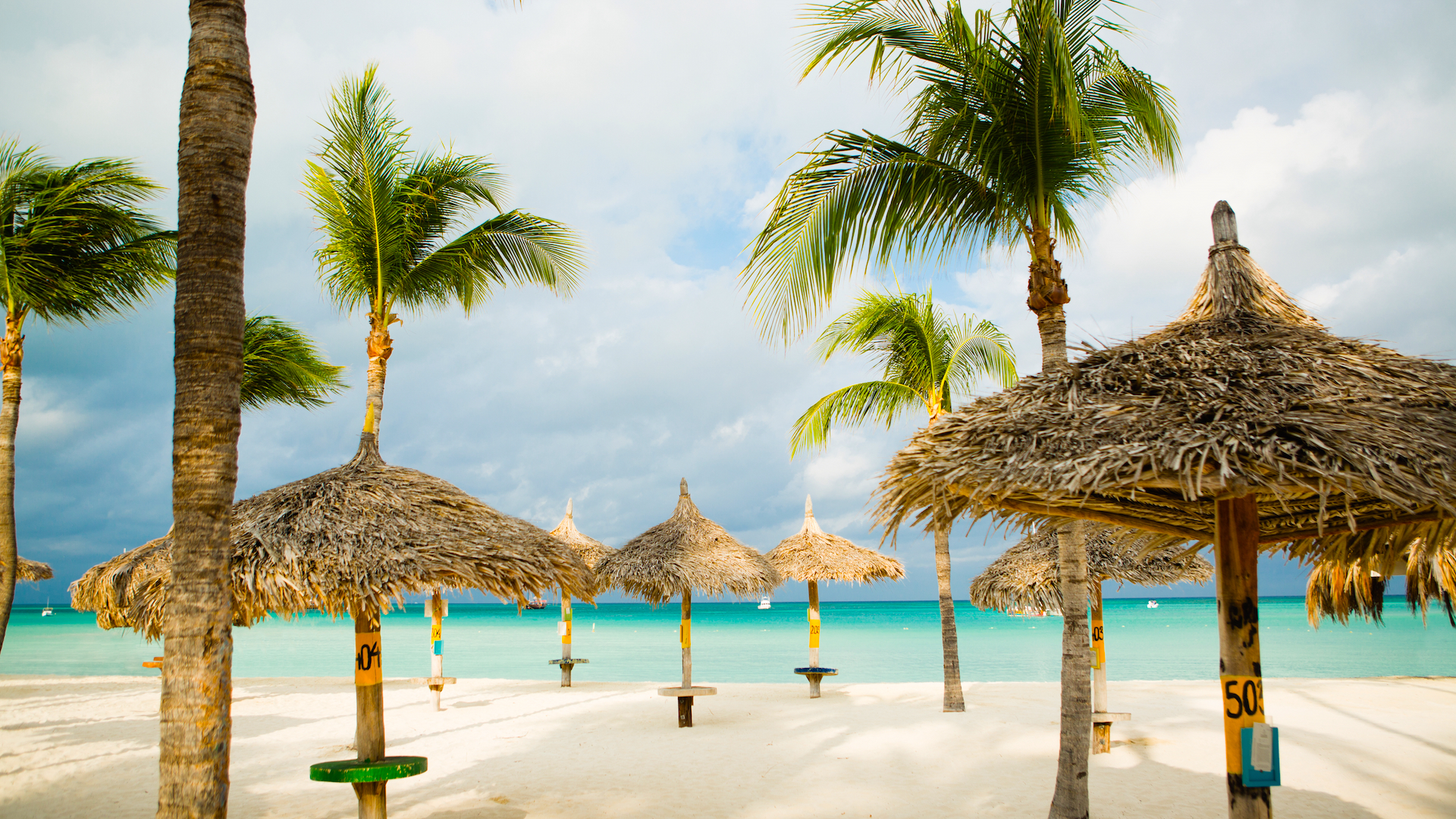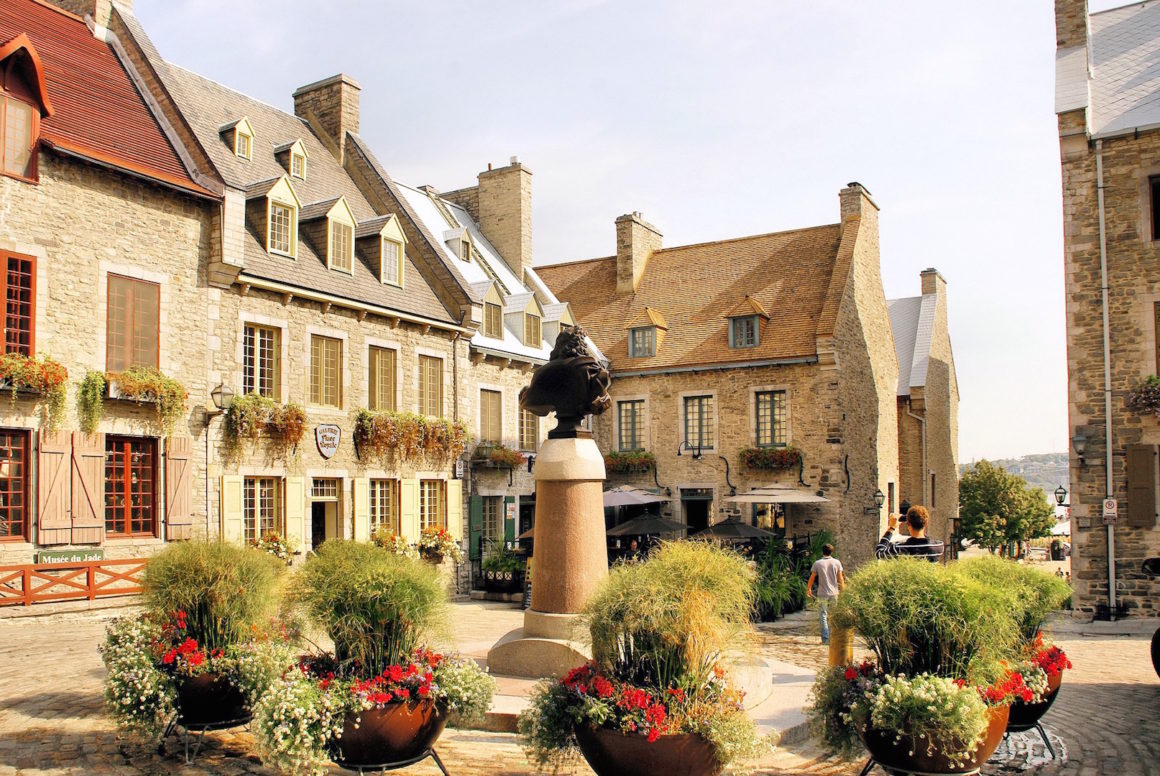
From history lovers to romantics, travelers love to seek out Québec City – one of Canada’s most visited cities. The UNESCO World Heritage Site is known for its remarkable architecture, which dates back hundreds of years. Québec City was founded by the French in 1608 and soon after was recognized as the gateway to the North American continent.
My entry into Québec City was via Celebrity Cruises. A moderately heavy rainstorm greeted our Celebrity Cruises ship on the first day in port. And like all seasoned travelers, I adjusted my plan. My rain gear – a waterproof jacket, an oversized umbrella and rain-resistant hiking boots – came in handy as I maneuvered the slick, hilly streets to explore a number of places.
QUÉBEC CITY’S HISTORIC ATTRACTIONS
Pelting raindrops forced us to hopscotch between walking down the narrow streets and seeking refuge indoors. In drier and warmer conditions, a horse-drawn carriage ride may have been a preferred option. Instead, we trudged along trying our best to ignore the chilly air as we stopped to read historical markers along our route.
Notre-Dame-Des-Victoires Church
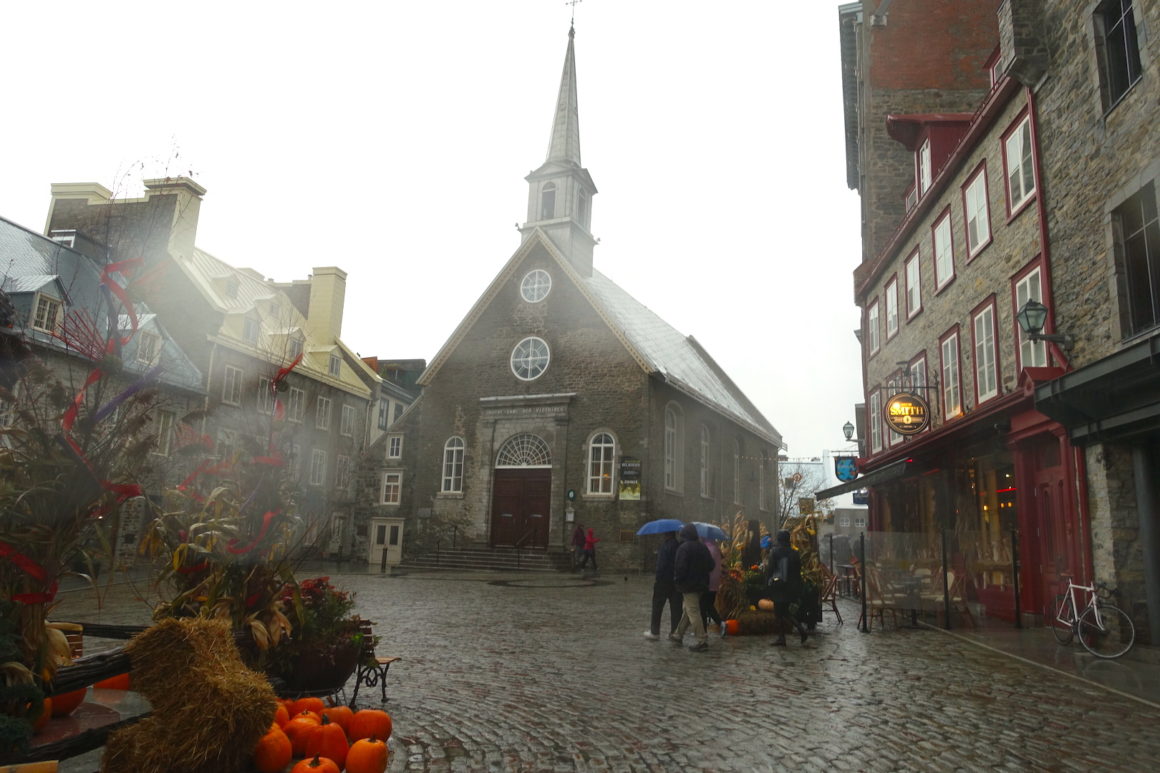
Photo Credit: The Traveling Bornsteins
First up – the Notre-Dame-Des-Victoires Church. In 1929, the provincial government recognized this Roman Catholic Church as one of Québec City’s first three historical monuments. The current building has been renovated numerous times since the first stone was placed in the chapel’s foundation in 1688. I loved experiencing this incredible history while taking a break from the rain inside this remarkable landmark.
Montmorency Park
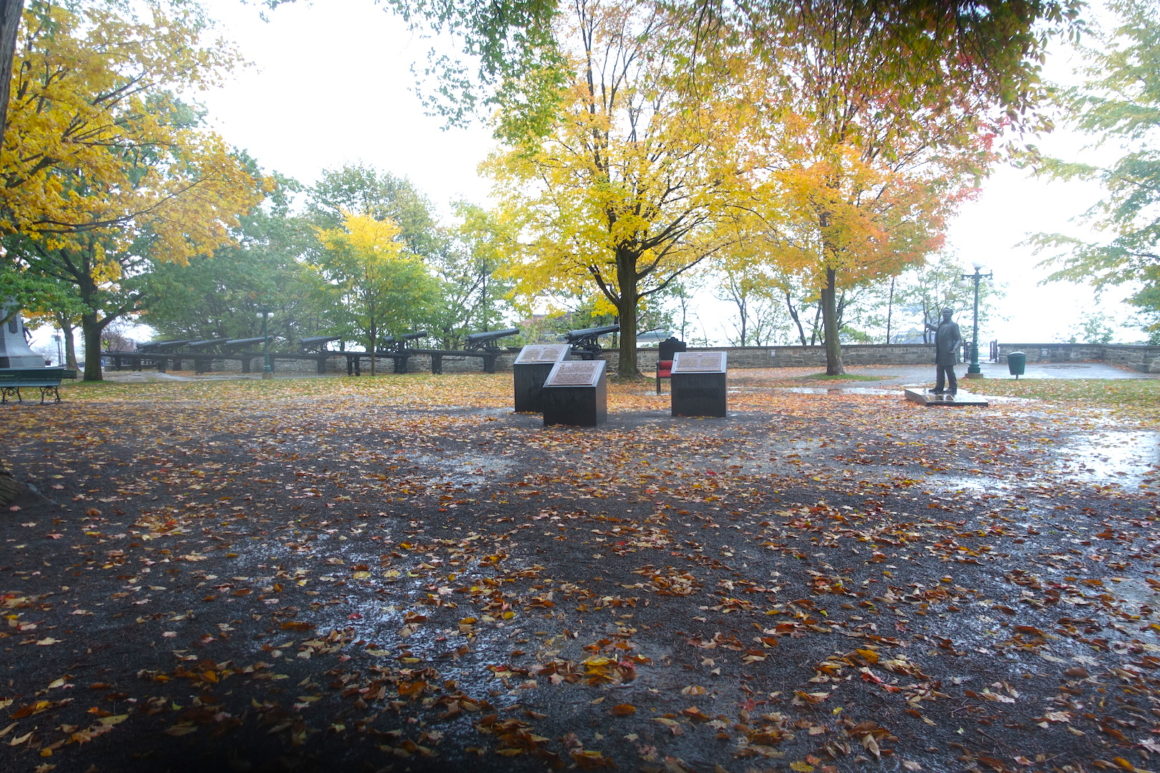
Photo Credit: The Traveling Bornsteins
When the downpour turned to a light drizzle, I left the church and headed for Montmorency Park, a National Historic Site of Canada. I took a handful of pictures of cannons and admired a number of statues, including the bronze statue of Étienne-Paschal Taché, (one of the founding fathers of the Confederation) and the statue of Sir George-Étienne Cartier (an architect of the Canadian Confederation). The park is the former site of the Province of Canada’s Parliament and the place where pivotal resolutions were drafted leading to the creation of the Dominion of Canada.
La Citadelle Québec and Musée Royal 22 Régiment
In 1763, when New France ceded to Britain, the territory became known as the Province of Québec. Its strategic location resulted in an influx of military personnel and the repeated desire to build a permanent fortress to replace the temporary structures built in the 18th century. In 1830, the construction of the fortified Citadelle with bricks imported from Scotland and England and stones from local quarries, was completed. From 1920 through today, the Royal 22 Régiment has made the Citadelle its home.
With an active military presence and an official residence of the Governor General of Canada onsite, it’s impossible for any tourist to walk unescorted. My English-speaking guide provided an excellent overview of the fortress’ remarkable history, including the regimental mascot, a goat named Batisse. This museum reportedly has one of the largest military collections in Canada.
I recommend taking the tour that coincides with the daily firing of the cannon at noon. Summer visitors can witness the changing of the guard with soldiers dressed in scarlet tunics, bearskin caps and navy blue slacks.
Terrasse Dufferin
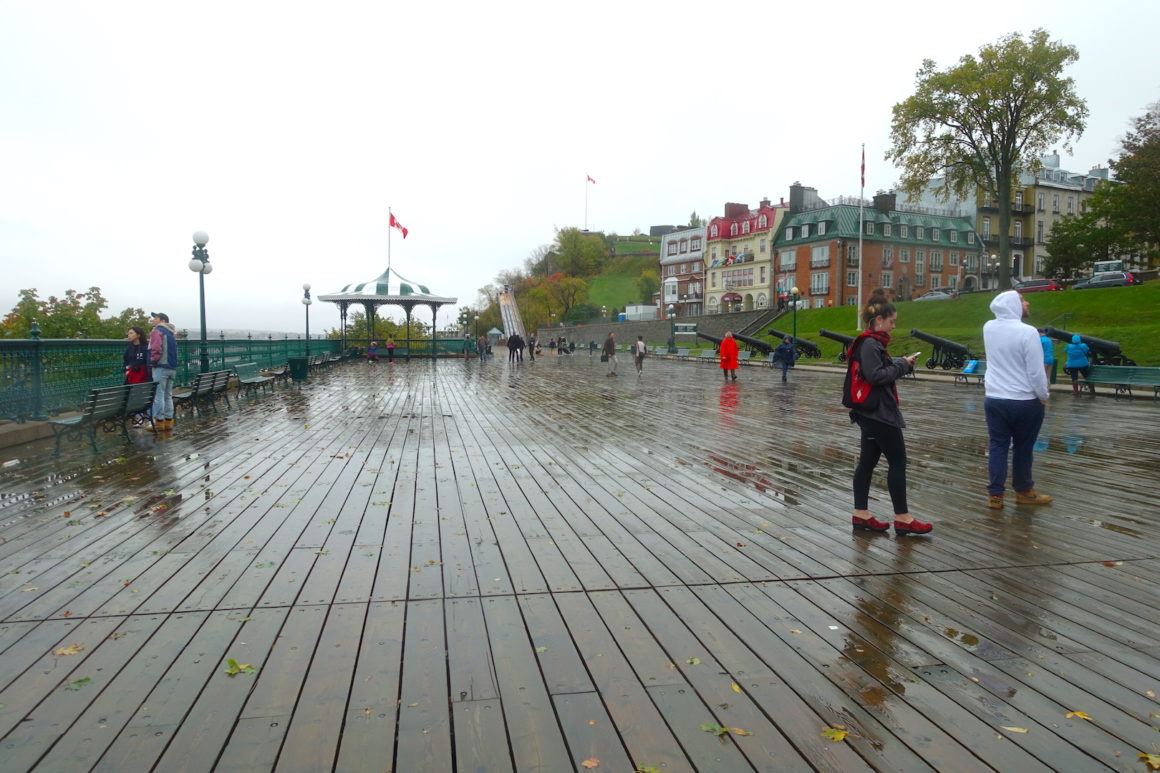
Photo Credit: The Traveling Bornsteins
Lord Durham created a promenade named after Lord Dufferin, a Governor General of Canada from 1872 to 1878. It’s above the former site of Fort Saint-Louis, built by Champlain in 1620. My late-October cruise prevented me from visiting the Saint-Louis Forts and Châteaux National Historic Site because they were closed for the season. But history lovers visiting during the summer season can walk down to an archaeological crypt that exposes 200 years of life under French and British governors.
Fairmont Le Château Frontenac
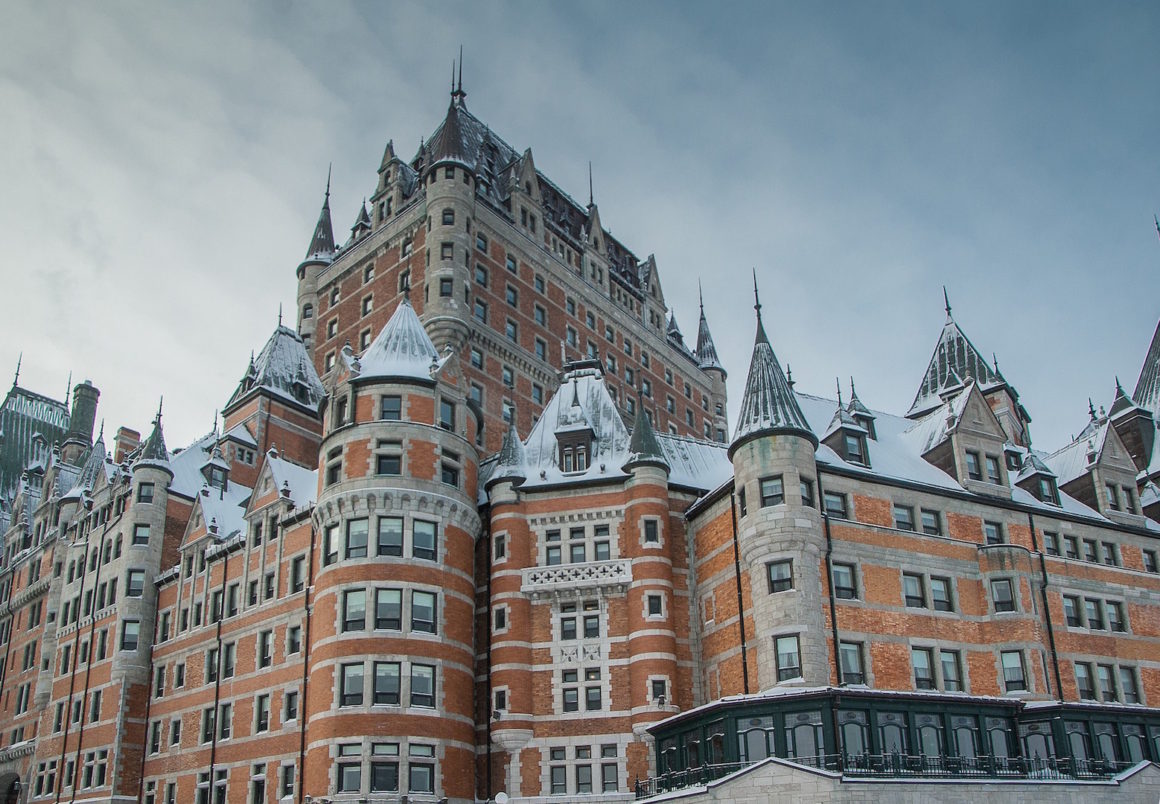
Like other hotels that were built near the Canadian Pacific Railroad, the exterior of the Fairmont Le Château Frontenac resembles a castle with turrets. The 19th-century designers of this hotel borrowed heavily from the Middle Age and Renaissance architectural styles. And subsequent remodeling still reflects an 1893 clientele. Even in the rain, tourists couldn’t help but take photos and stare at the building’s overall beauty. And the hotel’s location provides the perfect backdrop as well. It sits on a cliff overlooking the St. Lawrence River.
Musée du Fort
While this museum was not on our original list, a downpour forced us to retreat inside. This tiny museum offers a light and sound show that highlights the six military assaults on Québec. The museum itself added to our understanding of Québec’s history and complimented our tour of the Citadelle.
Musée de la Civilisation
On rainy days, this museum is filled with cruise passengers who don’t want to stray far from the port. Interactive exhibits engage visitors in the process of learning about Québec’s history and culture, including the First Nation and the Inuit. A longboat on display reminds visitors of the 18th century when wooden boats were the main source of transportation. Several temporary exhibitions were also on display. With an ever-changing base of attractions, visitors with extended stays will have more time and no doubt be fascinated by the array of artifacts and topics on display.
BICYCLING TO MONTMORENCY FALLS
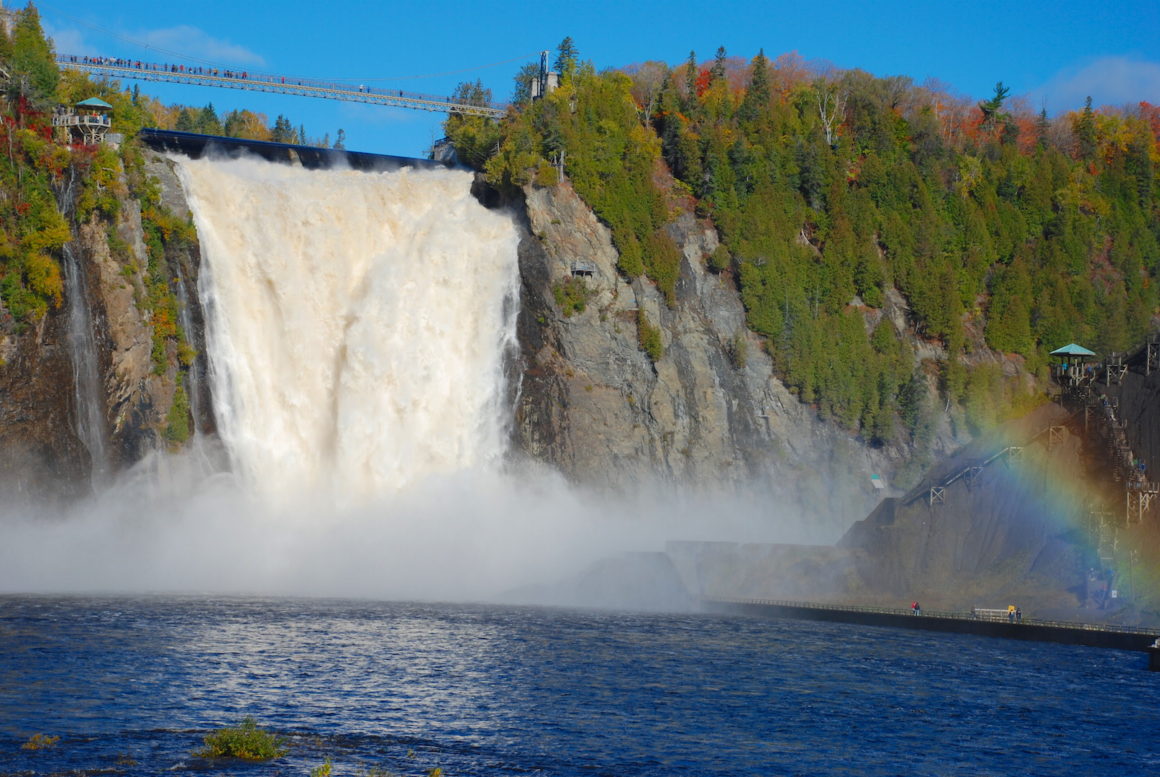
Photo Credit: The Traveling Bornsteins
Montmorency Falls is one of the places I didn’t drive or sail to visit. Instead, I pedaled with a small group of cruise passengers on a prearranged Celebrity shore excursion. Our knowledgeable guide, Danielle Brochu from Cyclo Services, offered tidbits of information about the region. Riding along the bicycle path, we were able to view the outskirts of the city at a nice leisurely pace and watch birds fly overhead and land nearby.
Waterfalls tend to elicit lots of “oohs” and “aahs” from observers. And Montmorency Falls falls into that category. It stands at a height of 272 feet – a full 99 feet higher than Niagara Falls. I was lucky there was a recent rainstorm which created the perfect rainbow, courtesy of Mother Nature. The pictures I snapped from the top of the cable car station, from the suspension bridge and from the adjacent footpath were definitely worth the ride.
SECOND VISIT TO QUÉBEC CITY
Flying into Québec City on a partly cloudy afternoon, I was able to identify the St. Lawrence River and spot Montmorency Falls from above. The aerial view reaffirmed my earlier understanding of the strategic location of the city and overall beauty of the region.
Auberge Place d’Armes
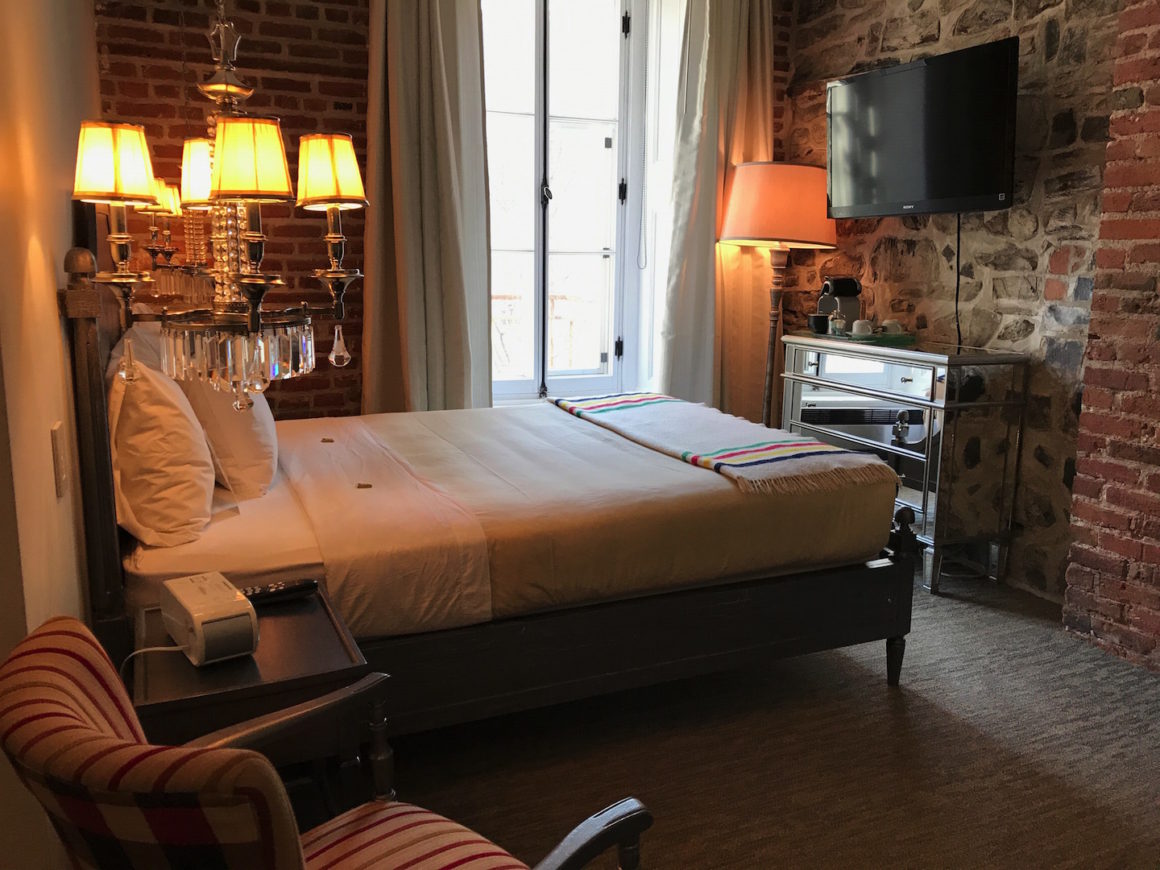
Photo Credit: The Traveling Bornsteins
On my second visit, I spent the night on land instead of on sea. I checked in to the Auberge Place d’Armes, a 20-room boutique hotel, and was immediately taken back in history to the 17th century. In fact, descendants of the original colonial era owner actually run the hotel today. Guests can choose from two different styles of rooms-either French with stones and exposed beams or an English-themed room with brick and woodwork. Nameplates on each doorway are a “who’s who” of Québec history. I spent the night in room #14, the Lord Dufferin room.
Seeing the City
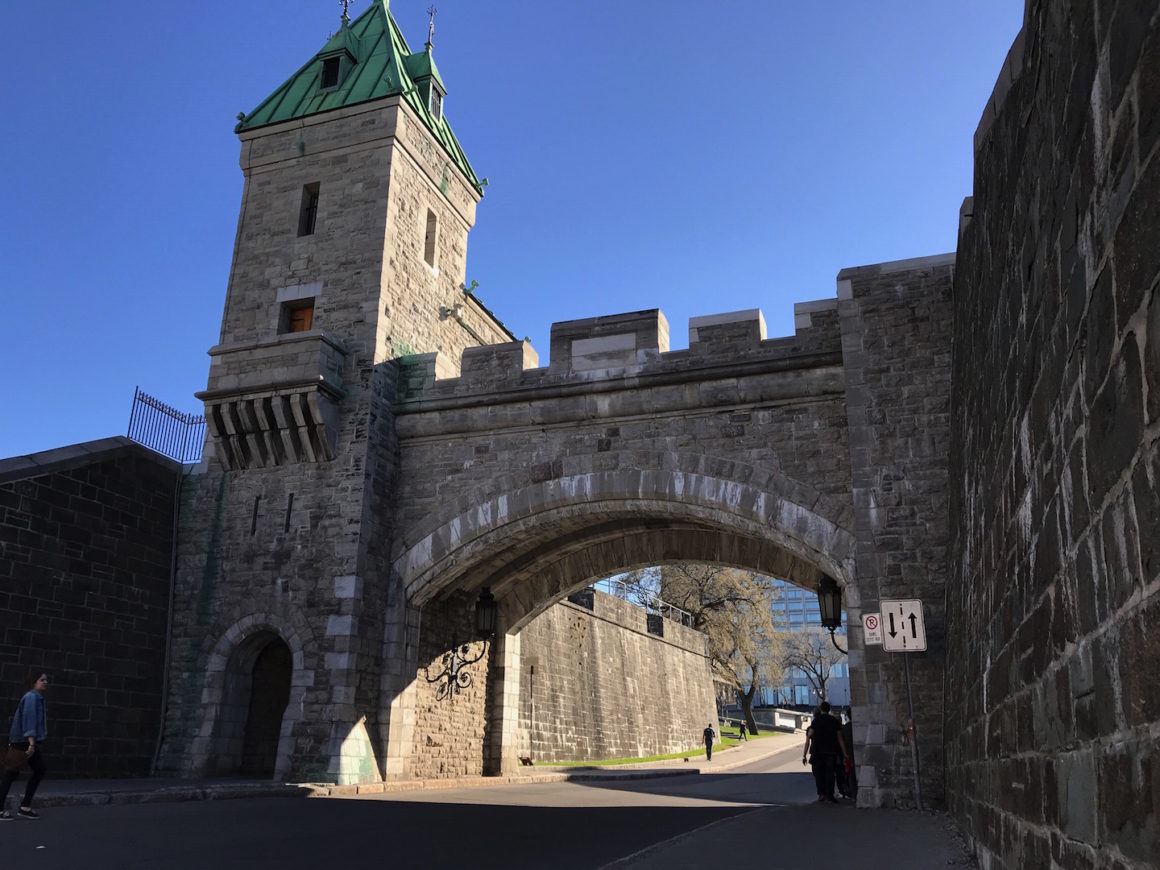
Photo Credit: The Traveling Bornsteins
This time, I wandered around the historic district and took time reading the interpretive signs on each building along my leisurely walk.
I took a long staircase down to check out the boutique shops and restaurants that lined both sides of a pedestrian walkway in the Quartier Petit Champlain. I watched artisans craft wooden pieces and looked on as another showed me alpaca sweaters from Charlevoix. I eventually wandered away from the shops and ended up retracing some of my previous steps near sections of the old wall. By luck, I passed by La Maison Jacquet, the oldest house in Quebec, built between 1675-1676.
Because I had an early departure, I ended up having dinner in my hotel dining room at the Brasserie Français Chez Jules restaurant. With the assistance of my waiter, I was able to order a delicious entrée from the French menu that fit into my dietary limitations perfectly.
As the stars glistened in the evening sky, I sat wishing I had arrived a day earlier so that I could have enjoyed another perfect day in Québec City, before departing to Charlevoix.
Sandy Bornstein’s second visit to Québec City was during a media trip arranged by DQMPR in conjunction with the Travel Classics International 2018 Travel Writers Conference in Montreal.

